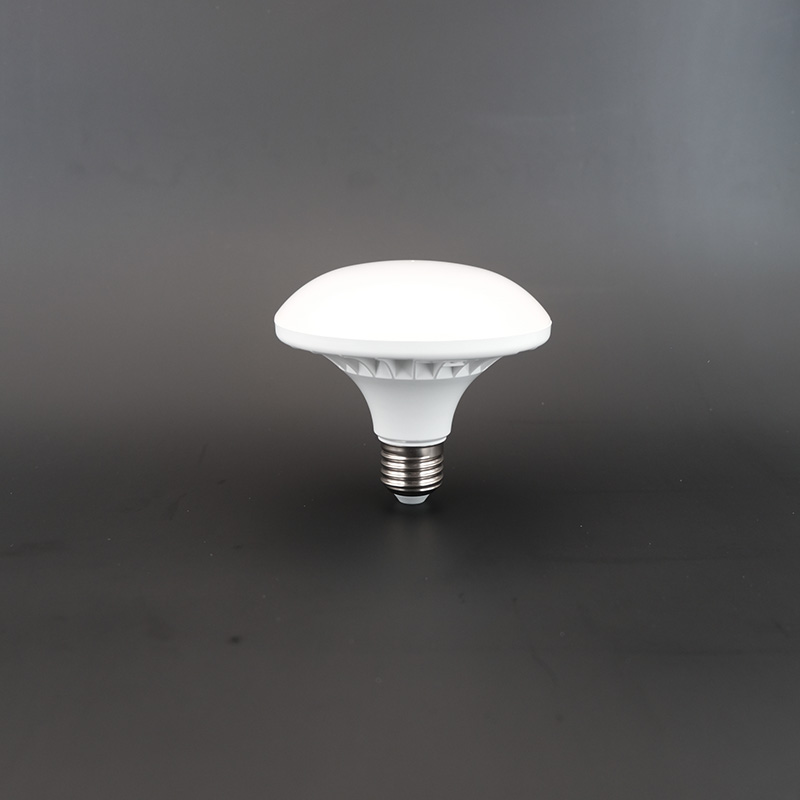 English
English-
 English
English -
 Español
Español -
 Português
Português -
 русский
русский -
 Français
Français -
 日本語
日本語 -
 Deutsch
Deutsch -
 tiếng Việt
tiếng Việt -
 Italiano
Italiano -
 Nederlands
Nederlands -
 ภาษาไทย
ภาษาไทย -
 Polski
Polski -
 한국어
한국어 -
 Svenska
Svenska -
 magyar
magyar -
 Malay
Malay -
 বাংলা ভাষার
বাংলা ভাষার -
 Dansk
Dansk -
 Suomi
Suomi -
 हिन्दी
हिन्दी -
 Pilipino
Pilipino -
 Türkçe
Türkçe -
 Gaeilge
Gaeilge -
 العربية
العربية -
 Indonesia
Indonesia -
 Norsk
Norsk -
 تمل
تمل -
 český
český -
 ελληνικά
ελληνικά -
 український
український -
 Javanese
Javanese -
 فارسی
فارسی -
 தமிழ்
தமிழ் -
 తెలుగు
తెలుగు -
 नेपाली
नेपाली -
 Burmese
Burmese -
 български
български -
 ລາວ
ລາວ -
 Latine
Latine -
 Қазақша
Қазақша -
 Euskal
Euskal -
 Azərbaycan
Azərbaycan -
 Slovenský jazyk
Slovenský jazyk -
 Македонски
Македонски -
 Lietuvos
Lietuvos -
 Eesti Keel
Eesti Keel -
 Română
Română -
 Slovenski
Slovenski -
 मराठी
मराठी -
 Srpski језик
Srpski језик
The use and principle analysis of light-emitting diodes
2022-02-15
Light-emitting diodes are also made of PN structure like ordinary diodes, and they also have unidirectional conductivity. It is widely used in various electronic circuits, home appliances, meters and other equipment for power supply indication or level indication.
(1) Light-emitting diodes are used as indicator lamps. The typical application circuit of light-emitting diodes is shown in the figure. R is the current-limiting resistor, and I is the forward current through the light-emitting diode. The tube voltage drop of light-emitting diodes is generally larger than that of ordinary diodes, about 2V, and the power supply voltage must be greater than the tube voltage drop for the light-emitting diodes to work normally.
Light-emitting diodes are used in AC power indicator circuits. VD1 is a rectifier diode, VD2 is a light-emitting diode, R is a current-limiting resistor, and T is a power transformer.
(2) Light-emitting diodes are used as light emitting tubes. In infrared remote controllers, infrared wireless headphones, infrared alarms and other circuits, infrared light-emitting diodes are used as light emitting tubes, VT is a switch modulating transistor, and VD is an infrared light-emitting diode. The signal source drives and modulates the VD through the VT, so that the VD emits modulated infrared light outward.
Principle analysis of light-emitting diodes
It is a type of semiconductor diode that can convert electrical energy into light energy. The light-emitting diode is composed of a PN junction like the development tube of the ordinary two-pole LED chip, and it also has unidirectional conductivity. When a forward voltage is applied to the light-emitting diode, the holes injected from the P area to the N area and the electrons injected from the N area to the P area are respectively in contact with the electrons in the N area and the voids in the P area within a few microns of the PN junction. The holes recombine and produce spontaneous emission fluorescence. The energy states of electrons and holes in different semiconductor materials are different. When electrons and holes recombine, the energy released is somewhat different. The more energy released, the shorter the wavelength of the emitted light. Commonly used are diodes that emit red, green or yellow light. The reverse breakdown voltage of the light-emitting diode is greater than 5 volts. Its forward volt-ampere characteristic curve is very steep, and it must be used in series with a current-limiting resistor to control the current through the diode. The current-limiting resistance R can be calculated by the following formula
R=(E-UF)/IF
Where E is the power supply voltage, UF is the forward voltage drop of the LED, and IF is the normal operating current of the LED. The core part of the light-emitting diode is a wafer composed of a P-type semiconductor and an N-type semiconductor. There is a transition layer between the P-type semiconductor and the N-type semiconductor, which is called a PN junction. In the PN junction of certain semiconductor materials, when the injected minority carriers and the majority carriers recombine, the excess energy is released in the form of light, thereby directly converting electrical energy into light energy. With reverse voltage applied to the PN junction, it is difficult to inject minority carriers, so it does not emit light. This kind of diode made by injection electroluminescence principle is called light-emitting diode, commonly known as LED. When it is in a positive working state (that is, a positive voltage is applied to both ends), when the current flows from the LED anode to the cathode, the semiconductor crystal emits light of different colors from ultraviolet to infrared, and the intensity of the light is related to the current.





